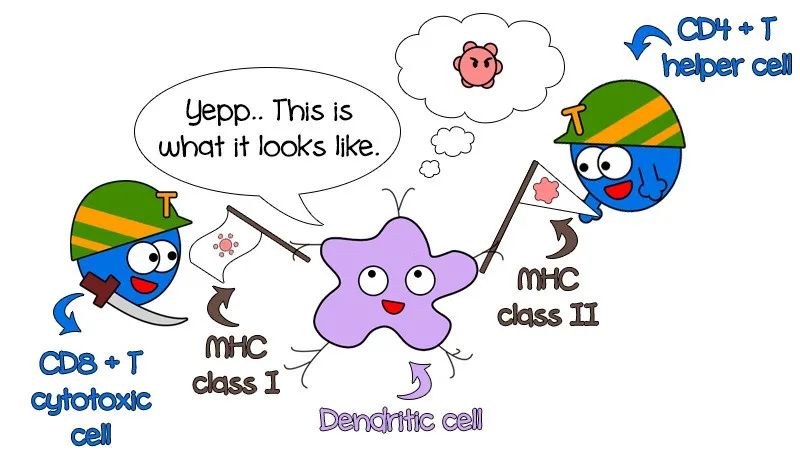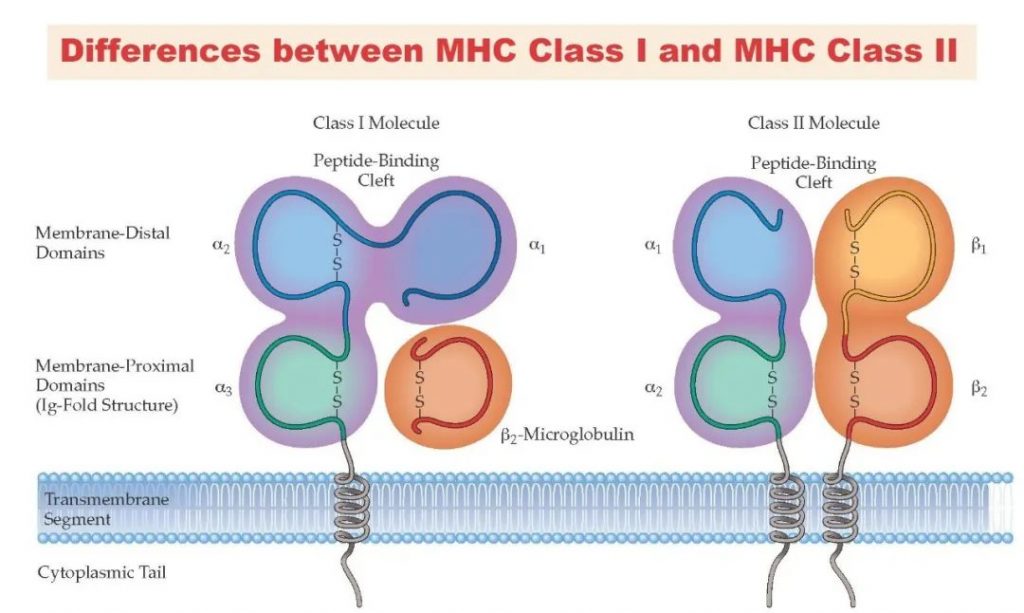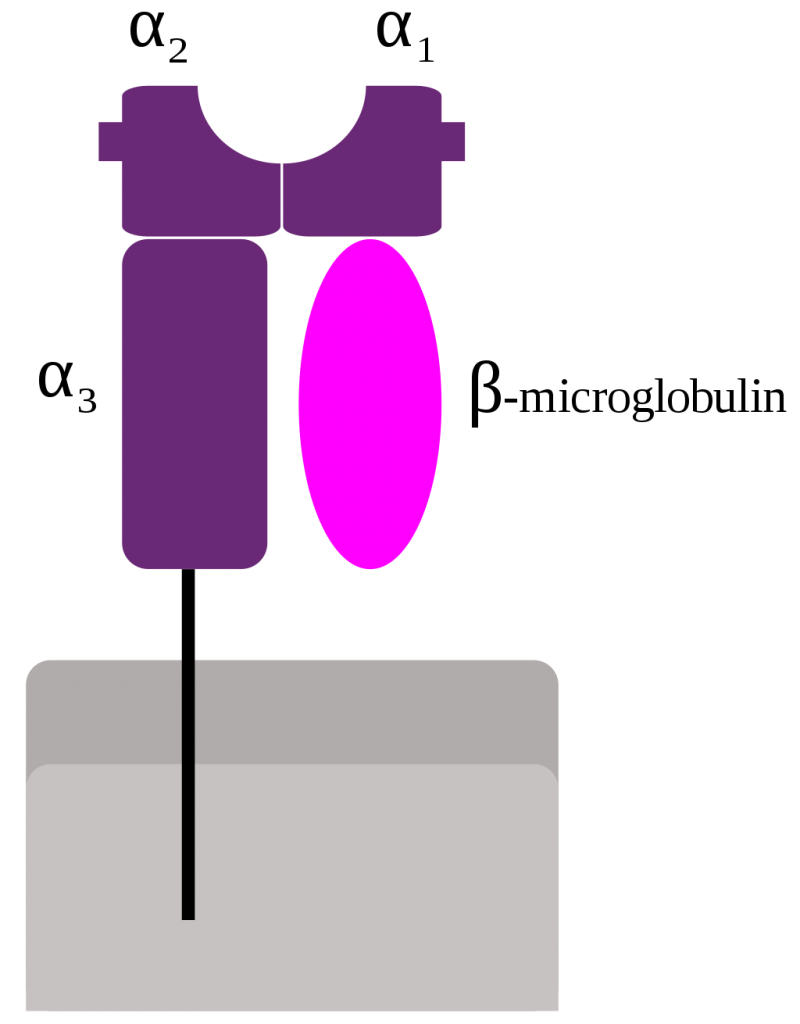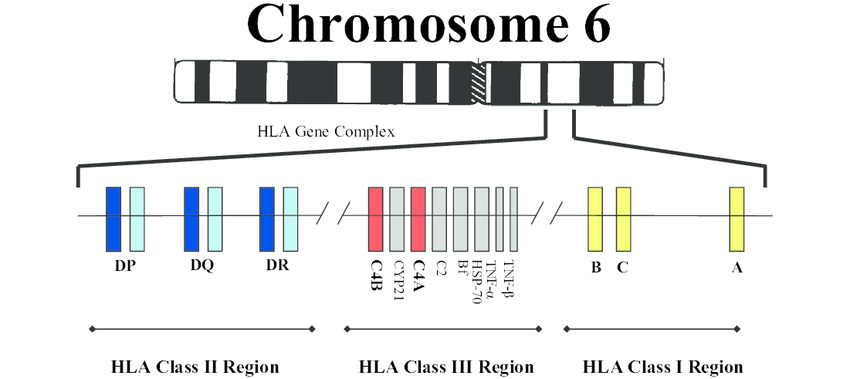Immunology: MHC molecules
- Normal Liver Cells Found to Promote Cancer Metastasis to the Liver
- Nearly 80% Complete Remission: Breakthrough in ADC Anti-Tumor Treatment
- Vaccination Against Common Diseases May Prevent Dementia!
- New Alzheimer’s Disease (AD) Diagnosis and Staging Criteria
- Breakthrough in Alzheimer’s Disease: New Nasal Spray Halts Cognitive Decline by Targeting Toxic Protein
- Can the Tap Water at the Paris Olympics be Drunk Directly?
Immunology: MHC molecules
Immunology: MHC molecules. We will introduce you to the central link of the acquired immune system-antigen presentation. The antigen presentation process involves the uptake and digestion of the antigen from the presented cells into immunogenic peptides, which are presented on the cell surface in the form of MHC peptide complexes, activate T cells through TCR, and trigger a complex process of immune response.

1 Summary of MHC molecules
Major histocompatibility complex (major histocompatibility complex, MHC) is a collective term for a group of genes encoding animal major histocompatibility antigens. At present, the structure of MHC class I and MHC class II molecules has been completely resolved (as shown in the figure below). Human MHC is called HLA (human leukocyte antigen, HLA), that is, human leukocyte antigen.
The main function of MHC molecules is to participate in antigen presentation, that is, MHC molecules bind to antigen peptides through their peptide binding grooves and present them on the cell surface for T cells to recognize and trigger an immune response.

The structure of MHC molecule (left is MHC class I molecule, right is MHC class II molecule)
2 Introduction to MHC Class I molecules
The structure of MHC class I molecules has a two-segment closed binding groove, and the polypeptide fragments (mostly composed of 8-11 amino acids) presented by them match the groove and fall in the groove.

Each class I HLA protein pairs with β2 microglobulin proteins to form a complete MHC class I molecule. Each of us has 3 genes encoding MHC class I molecules (HLA-A, HLA-B and HLA-C), which are located on chromosome 6. Since humans have two chromosomes 6 from mother and father, we all have 6 MHC class I genes.
The HLA proteins encoded by HLA-A, HLA-B and HLA-C genes all have slight variant forms (have the same general shape, but have one or several amino acid differences), which is called “polymorphism” “.
Because of the polymorphism of MHC class I molecules, they have different binding motifs and can present polypeptides with different amino acid ends (for example, some MHC class I molecules can bind to polypeptides with a hydrophobic amino acid at one end, and other Some MHC class I molecules are more inclined to combine with basic amino acids, etc.). Therefore, MHC class I molecules can bind and present a large number of different polypeptides, each of which matches a specific amino acid at the end of the MHC binding groove.

Chromosome 6

3 MHC class I molecule-mediated antigen presentation process
MHC class I molecules mainly mediate the antigen presentation process of endogenous antigens. Endogenous antigens include tumor antigens synthesized in tumor cells, viral proteins synthesized by virus-infected cells (when the virus enters the cell, it will use the biosynthetic mechanism of the host cell to produce the protein encoded by the viral gene, so the protein produced by the virus is also Classified as endogenous antigen) and so on.
The difference between endogenous antigen and exogenous antigen
The endogenous protein antigens are cut into small fragments in the cytoplasm of protein destruction “devices”-proteases. Most of these small polypeptide fragments are then further cleaved into single amino acids and reused for protein synthesis. However, some polypeptides produced by proteasome cleavage can be carried by specific transporters (TAP1, TAP2) and pass through the endoplasmic reticulum membrane. Once in the endoplasmic reticulum, certain peptides are selected and filled into the binding groove of MHC class I molecules, and they will be displayed on the cell surface (the “selection” mentioned here is because not all peptides can meet the relevant conditions) .
- First, the polypeptide molecule must have an appropriate length-about 8-11 amino acids (this length is the optimal length that the antigen binding groove of MHC class I molecules can hold);
- Secondly, the terminal amino acids of the polypeptide must be compatible with the anchor amino acids that line the two ends of the MHC molecule’s binding groove. Obviously, not all “fragments” prepared by the proteasome have these characteristics. Those polypeptide molecules that do not meet the requirements are transported out of the endoplasmic reticulum and returned to the cytoplasm for further degradation.
Therefore, there are three important steps in the display of MHC class I molecules: proteasome cleavage to produce antigenic polypeptides; TAP transporter transports the polypeptides to the endoplasmic reticulum; polypeptides bind to the MHC class I molecule binding groove and are transported to the cell surface Show.

MHC class I molecule-mediated endogenous antigen presentation process
Although different cells express different amounts of MHC class I molecules, almost all cells in the human body express MHC class I molecules on their surface. Cytotoxic T lymphocytes (CTL) examine the protein peptide fragments displayed by MHC class I molecules, so almost every cell is like an “open book”, which can be examined by CTL to determine whether the cell is infected by virus or Other creatures invade to determine whether it should be destroyed.
4 Summary
In this issue, we introduced the structure of MHC class I molecules and the antigen presentation process of endogenous antigens mediated by them. MHC molecules can present polypeptide fragments of endogenous antigens composed of about 8-11 amino acids. The display of MHC class I molecules has 3 important steps:
- Cleavage by proteasome to produce antigen polypeptide
- The TAP transporter transports the polypeptide to the endoplasmic reticulum;
- The polypeptide binds to the MHC class I molecule binding groove and is transported to the cell surface for display.
I believe you have a good understanding of MHC class I molecules. We will introduce MHC class II molecules to you in the next issue.
(source:chinanet, reference only)
Disclaimer of medicaltrend.org



